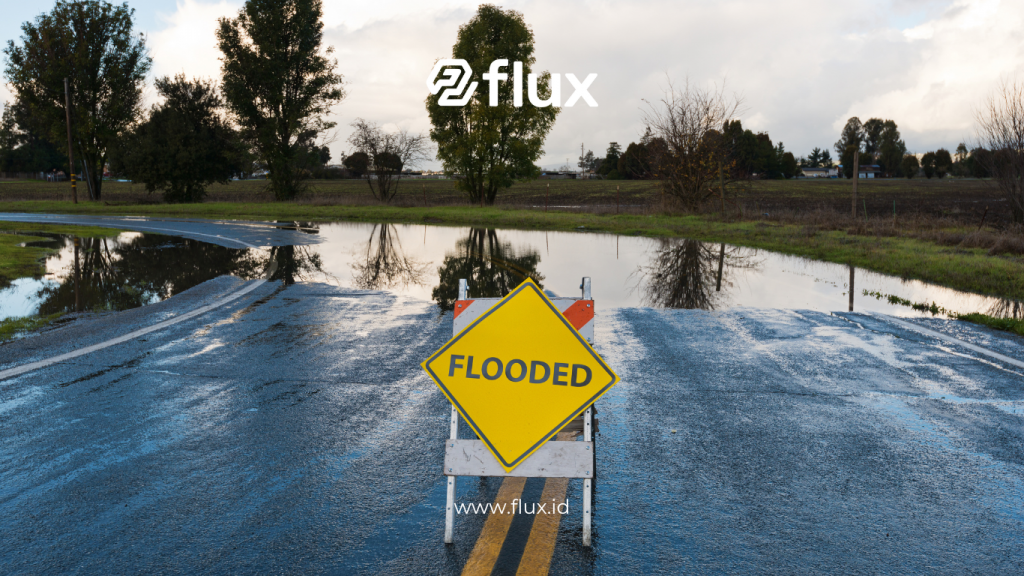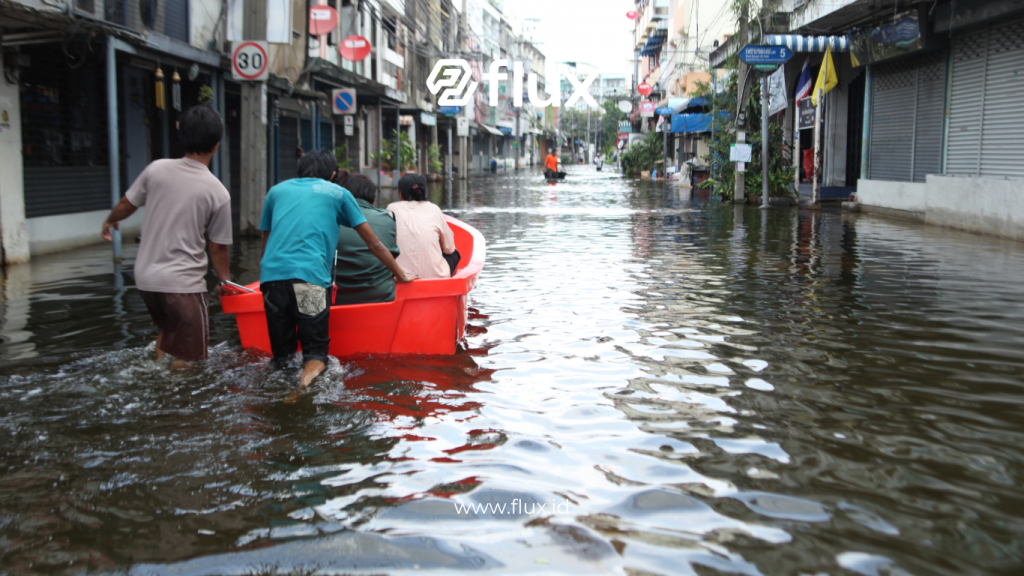Don't miss our holiday offer - 20% OFF!
Flooding is one of the most common natural disasters, causing significant social, economic, and environmental damage. Traditional methods of flood prediction and monitoring often fall short in providing accurate and timely information. The rise of Internet of Things (IoT) technology offers new solutions by utilizing sensors to predict floods accurately and monitor conditions in real-time. This article delves into the role of IoT sensors in transforming flood management.
Contents
- 1 1. Challenges in Managing Floods
- 2 2. IoT Technology for Flood Prediction and Monitoring
- 3 3. Advantages of IoT Technology in Flood Mitigation
- 4 4. Case Studies: IoT Sensors for Flood Management
- 5 5. Challenges in IoT Implementation for Flood Management
- 6 6. Recommendations for Improved IoT Implementation
- 7 Conclusion
1. Challenges in Managing Floods

Read More: Pressure Sensors: Unveiling Advanced Flood Monitoring Secrets
1.1. Causes of Flooding
- Extreme Rainfall: Climate change has led to unpredictable weather patterns, increasing the likelihood of heavy rainfall.
- Poor Drainage Systems: Urban areas often struggle with outdated or inadequate drainage systems.
- Land Use Changes: Urbanization reduces the availability of natural water absorption areas.
1.2. Limitations of Traditional Prediction Systems
Conventional flood prediction relies on historical data and mathematical models, which are often unable to adapt to real-time environmental changes.
2. IoT Technology for Flood Prediction and Monitoring
2.1. What Are IoT Sensors?
IoT sensors are internet-connected devices designed to collect, analyze, and transmit real-time data.
2.2. Types of IoT Sensors for Flood Management
- Water Level Sensors: Measure rising levels in rivers, reservoirs, and canals.
- Rainfall Sensors: Monitor rainfall intensity and duration directly.
- Soil Moisture Sensors: Detect water saturation levels in the soil to assess flood risks.
2.3. How IoT Systems Work in Flood Prediction
- Data Collection: Sensors installed in key locations continuously gather data.
- Data Processing: Advanced algorithms, including AI, analyze the data for patterns.
- Real-Time Alerts: Notifications are sent to relevant stakeholders via mobile apps or communication systems, enabling early warnings.
3. Advantages of IoT Technology in Flood Mitigation

Read More: Flood Anticipation with IoT, Direct Monitoring from Smartphone
3.1. Enhanced Prediction Accuracy
IoT integrates real-time data with AI analysis, offering precise early warnings before floods occur.
3.2. Real-Time Monitoring
Governments and communities can access live data through web dashboards or mobile applications, allowing immediate action.
3.3. Cost Efficiency
While initial investments in IoT infrastructure may be high, the long-term savings in disaster response and damage repair justify the cost.
4. Case Studies: IoT Sensors for Flood Management
4.1. Semarang, Indonesia
Semarang has deployed IoT sensors to monitor water levels in its primary canals, enabling effective early warning systems.
4.2. Jakarta, Indonesia
IoT systems help monitor urban drainage networks, integrating data into a comprehensive flood management system.
4.3. The Netherlands
Known for its water management expertise, the Netherlands combines IoT sensors with predictive models to mitigate flooding in low-lying areas.
5. Challenges in IoT Implementation for Flood Management

Read More: Flood Weather Sensor: Advanced for Prediction and Mitigation
5.1. Infrastructure Limitations
Many areas, particularly in developing countries, lack reliable internet networks required for IoT functionality.
5.2. High Initial Costs
Installing IoT sensors and setting up the required systems demand significant upfront investment.
5.3. Data Security Risks
IoT systems are vulnerable to cyberattacks that could disrupt their operations or compromise sensitive data.
6. Recommendations for Improved IoT Implementation
- Public-Private Collaboration: Governments should partner with private entities for funding and technological expertise.
- Community Education: Raising public awareness about IoT benefits encourages participation and support.
- Enhanced Data Security: Implement robust encryption and firewalls to safeguard IoT systems from cyber threats.
Conclusion
Integrating IoT technology into flood prediction and monitoring represents a revolutionary approach to disaster mitigation. IoT sensors provide accurate, real-time data, enabling proactive measures to minimize flood impacts. With the proper infrastructure and stakeholder collaboration, IoT can become a cornerstone of effective flood management strategies in the face of climate change challenges.





